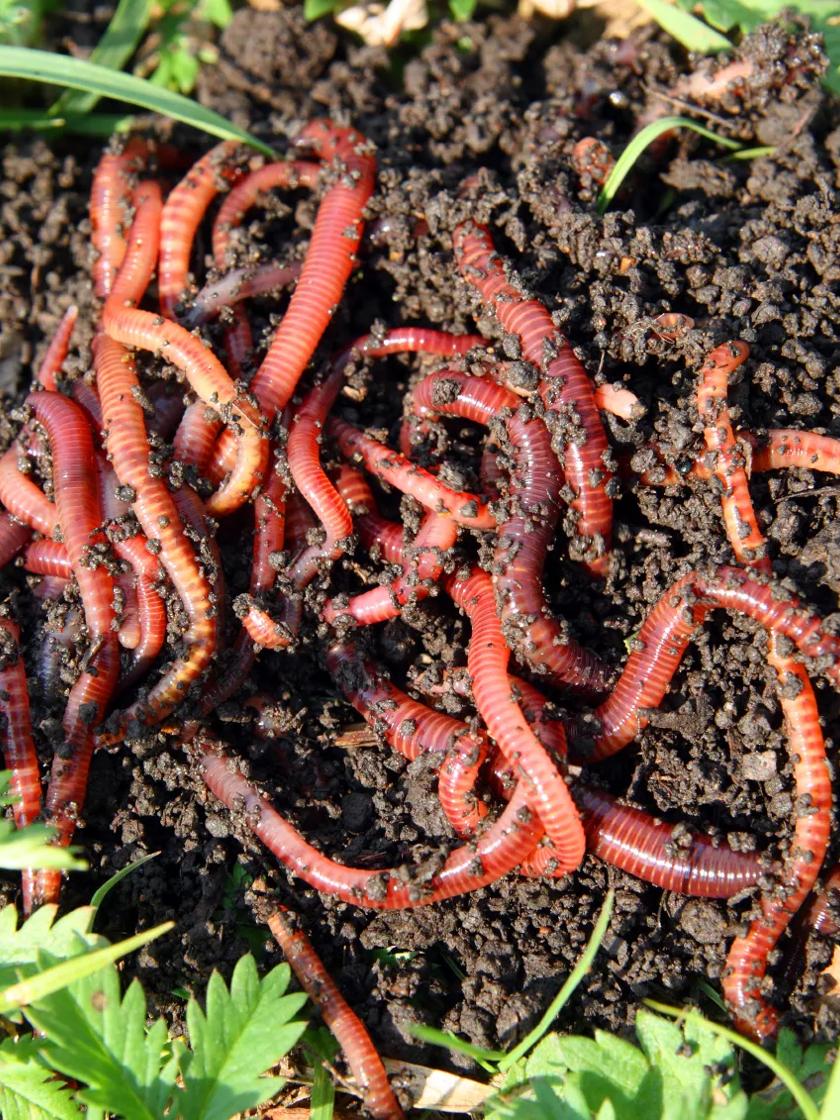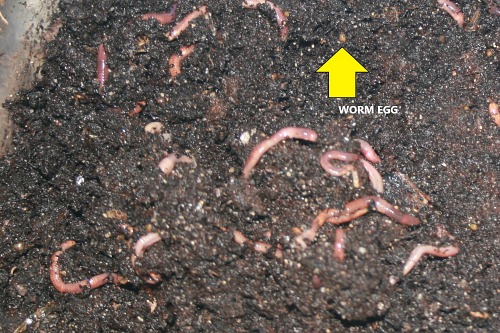Find the Best Products for Lawn Care with Red Wiggler Express for Healthy Lawns
Unlock the Tricks of Red Wigglers: Your Guide to Composting Success
The combination of red wigglers right into composting methods offers a considerable opportunity for boosting soil wellness and advertising sustainability. These microorganisms are not merely reliable recyclers of natural waste; they use a myriad of advantages that can change yard administration. Understanding their demands and actions is important for enhancing their potential, from setting up a proper worm container to feeding them the ideal materials. As we explore the important parts of successful vermicomposting, one could wonder how these little creatures can cause an extra dynamic and effective garden environment.

What Are Red Wigglers?
(Red Wiggler Express)Red wigglers, clinically called Eisenia fetida, are a species of earthworm mainly utilized in composting as a result of their impressive capacity to decompose raw material efficiently. These worms are characterized by their reddish-brown pigmentation and a fractional body, generally gauging in between 3 to 4 inches in length. Unlike other earthworm types, red wigglers flourish in abundant, organic atmospheres, making them perfect for vermicomposting systems.
Native to The United States And copyright, they are often discovered in rotting leaves and compost heap, where they play a critical function in nutrient recycling. Their adaptation to residing in a moist, cardio environment allows them to eat large amounts of organic waste, damaging it down into nutrient-rich spreadings that boost soil health and wellness.
Red wigglers recreate quickly, with a single worm with the ability of generating several cocoons weekly, each containing several hatchlings. This fast reproduction price adds to their performance in composting operations. They prefer temperature levels in between 60 ° F and 80 ° F, and their task level raises considerably within this array, further aiding in the decay procedure. Understanding the biology and actions of red wigglers is important for optimizing their potential in composting applications.
Advantages of Making Use Of Red Wigglers
Utilizing the power of red wigglers in composting offers many advantages that enhance soil wellness and promote sustainable waste monitoring. These impressive microorganisms efficiently damage down raw material, changing cooking area scraps and backyard waste into nutrient-rich vermicompost. This finished product is remarkably beneficial for plant growth, as it enhances dirt framework, increases dampness retention, and enhances nutrient accessibility.

(Red Wiggler Express)In addition, the existence of red wigglers in your composting system can accelerate the composting procedure, generating premium garden compost in a portion of the time contrasted to standard techniques. The spreadings produced by these worms are likewise including advantageous bacteria that better enrich the soil ecological community.
Setting Up Your Worm Container
Developing an efficient worm container is a straightforward process that can significantly improve your composting initiatives. The initial step is choosing a suitable container. Worm bins can be made from plastic storage space containers, wood boxes, or commercially readily available worm containers. Make certain the bin has appropriate drain and air flow openings to keep optimum wetness levels and air flow.
Next, prepare the bed linens product, which offers as the worms' environment. A mix of shredded paper, cardboard, and coconut coir functions well, giving a comfy environment for the worms.

Feeding Your Red Wigglers
To guarantee the health and wellness and performance of your red wigglers, it is necessary to offer them with a balanced diet regimen that satisfies their nutritional needs. Red wigglers prosper on a diverse array of organic products, which not just provide necessary nutrients but also promote efficient composting.
Start by integrating cooking area scraps such as vegetable peels, fruit cores, and coffee grounds. Avoid citrus fruits, onions, and garlic, as these can be damaging to worm wellness. In addition, introduce shredded paper, cardboard, and completely dry fallen leaves to produce a well-aerated environment.
Feeding frequency ought to be checked; generally, worms can take in half their body weight in food weekly. It is essential to prevent overfeeding, as excess food can cause undesirable smells and attract parasites. An excellent method is to add food in little quantities, permitting worms to refine it before introducing much more.
Preserving dampness degrees is likewise important; the bed linens needs to be wet but not soggy. Be sure to frequently inspect the temperature and pH levels of the container to ensure an ideal environment for your red wigglers, inevitably improving their composting efficiency.
Harvesting and Making Use Of Garden Compost
A successful composting procedure with red wigglers finishes in the rich, dark garden compost referred see this site to as vermicompost, which can considerably improve soil health and plant growth. Harvesting this nutrient-dense material commonly takes place every 3 to six months, depending upon the dimension of your system and the amount of raw material being refined.
To harvest, gently separate the garden compost from the worms and any undecomposed products. One efficient method involves moving the components of the bin to one side and including fresh bed linen and food to the void, urging the worms to migrate. After a couple of days, the compost can be accumulated from the opposite side.
It is important to utilize vermicompost appropriately to maximize its benefits. By including vermicompost right into your gardening program, you not only reuse natural waste yet additionally create a growing community that supports sustainable gardening methods.
Final Thought
In recap, red wigglers act as outstanding allies in composting efforts, transforming natural waste into nutrient-rich vermicompost (Red Wiggler Express). Their distinct biological qualities and efficient waste processing abilities contribute substantially to sustainable horticulture techniques. By understanding the optimal conditions for their environment, feeding requirements, and compost harvesting strategies, gardeners can boost dirt health and advertise plant vitality. Welcoming vermicomposting not only lowers landfill waste but likewise promotes a more eco responsible method to gardening and resource administration.